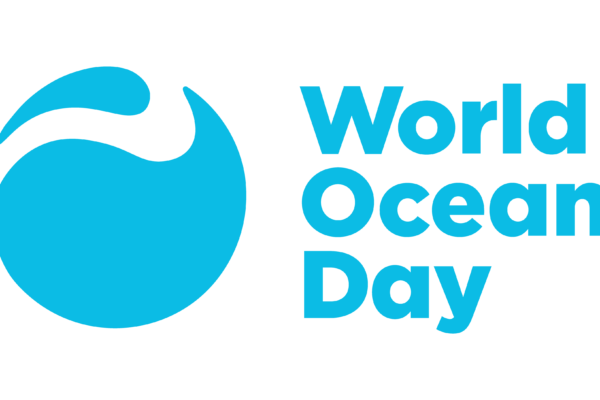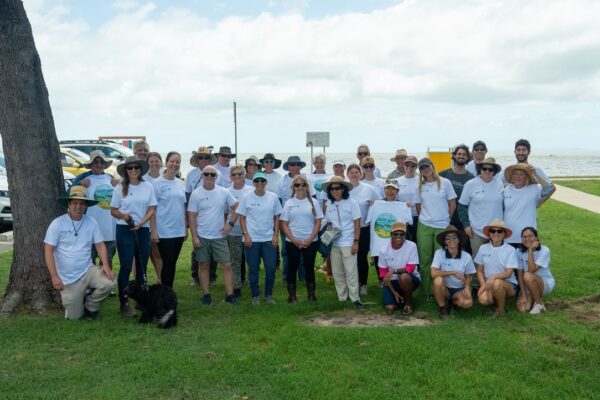Human motivation, Environmental action
We’ve long known that political persuasion is a pretty good predictor of where a person stands on climate issues, but some new studies have bolstered that assertion – some in surprising ways.
Energy efficient bulbs repel conservatives
One might guess that a self-identified conservative American wouldn’t go out of their way to buy an efficient bulb, but a new study shows eco-friendly messages on packaging actually discourages them from buying. The full study is here. The takeaway? Carefully considering how you frame issues based on your audience is vital to successfully communicating. When talking with conservative leaning groups, “purity” messages are often effective.
Scientists’ role in swaying public opinion studied
A new study has found that regardless of political affiliation, people are more likely to believe climate change is human-caused if they learn that more climate scientists think so too.
It’s not just about the environment!
More than that: it’s not even mostly about the environment. Dr. Rachel Howell delved deep to find out which values motivate people to take conservation action, and rank them in (possible, obviously this is a qualitative study) order of importance. She found that even in people who had already adopted a low-carbon lifestyle, values such as “social justice” and “equality” ranked higher than “protecting the environment” and “respecting the Earth.”
- This presents an interesting challenge to our partners at zoos and aquariums who aim to motivate their visitors for conservation action. How can we best make the link between the welfare of animals and humans via environmental protection? Is it considered okay in your institution to even make this leap? In the study, Howell suggests making more links between human rights organizations – this might be an ideal strategy for zoos and aquariums who do conservation work internationally and already partner with local communities in their work.
Extreme Weather, Pricey Relief
Extreme Weather and Climate Change in the American Mind April 2013
The newest from the Yale Project on Climate Change Communication finds that about six in ten Americans say “global warming is affecting weather in the United States.” That’s a pretty big deal, especially considering two out of three Americans believe weather in the US has been worse over the past several years.
Government is spending a LOT on disaster relief
A new report decided to take a look at how much money the American government spends to fix up the damage by that extreme weather and it’s a doozy. It turns out Americans paid about $400 per household between 2011 – 2013 on disaster relief and nobody even knew.
Climate Framing/Storytelling Resources
Here’s how we can make the link.
Local stories on climate consequences
We know from our partners that it’s helpful to use local stories when talking about conservation issues, but until now there’s been no easy way to find them. Earth Journalism Network has put together a handy (beta) map of climate news stories – so you can be specific about local consequences when talking with people.
Report: Growing The Moral Movement on Climate Disruption
We mentioned this report in a previous round up, but it really deserves it’s own item. It explores how a variety of organizations are making a “moral call to action on climate disruption.” As strategic communicators move towards exploring using morals and values to frame climate change, this report gives a great overview of what many are doing and where we can go from here.



